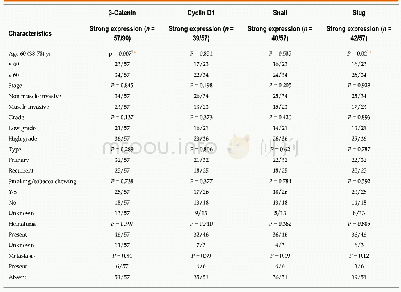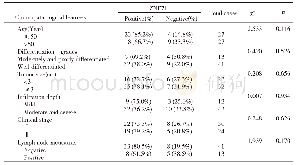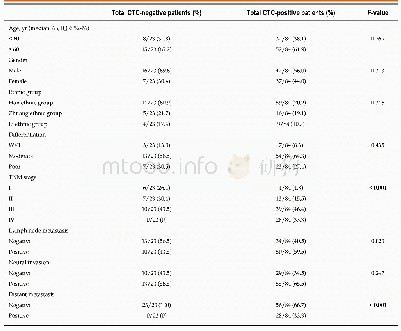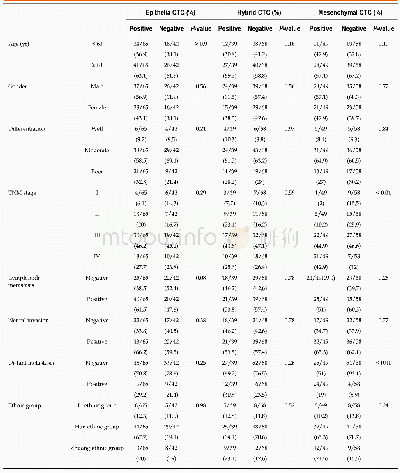《Table 6Pairwise statistical correlation between ARGs of H.parasuis strains.》
 提示:宽带有限、当前游客访问压缩模式
提示:宽带有限、当前游客访问压缩模式
本系列图表出处文件名:随高清版一同展现
《越南广平和顺化两省猪场分离副猪嗜血杆菌的抗生素耐药表型和耐药基因之间的相关性研究》
Previous studies have demonstrated that the mechanisms of associations between resistance genes can be confirmed by molecular investigations[45,46].An increased level of associations between resistance genes may result from the co-location of resistance genes on a single mobile genetic element such as a plasmid,transposon,or integron[43,47,48].Our results showed many strong associations among ARGs which aligns with the opinion that there might be a linkage between many of these resistance genes on mobile elements.This opinion agrees with the results of a study by Rosengren et al.[31],which reported that qnrB1had an increased association with eight other ARGs including rmtB,qnrA1,lnu(C),catl,int,tetA,tetB,and tetH.In addition,associations between sulI and lnu(C),and between sulII and tetA,are parts of integrons;the association between tetB and tetH is a requirement for the high frequency of strains resistant to CTET.The results strongly support the finding that the resistance genes are associated with a mobile DNA,such as plasmids and transposons,which enables horizontal gene spreading.Strong associations between the phenotypes and genotypes of AMR were found in our study,such as between GEN and rmtD,CFX and blaROB-1,and CHL and int,indicating that the resistance to a given antimicrobial was caused in some cases by a single gene.This finding is similar to the results of previous studies[30,31].However,interestingly,we found that some strains possessed resistance phenotypes but did not have the corresponding ARGs and vice versa;for example,some strains showed resistance to AMX,but did not carry any corresponding genes.This finding is similar to the results reported by Rosengren et al.[31].A possible explanation is that resistance phenotypes can be expressed upon the stimulation of many different genetic factors,and that each factor may present a unique epidemiological character[23,49].Thus,the mechanisms of AMR in H.parasuis isolates from swine produced in Vietnam deserve further investigation.
| 图表编号 | XD00155220300 严禁用于非法目的 |
|---|---|
| 绘制时间 | 2020.01.01 |
| 作者 | Chao Nguyen Van、张丽君、Tam Vu Thi Thanh、Hung Pham Hoang Son、Tuan Tran Ngoc、黄琦、周锐 |
| 绘制单位 | State Key Laboratory of Agricultural Microbiology, College of Veterinary Medicine, Huazhong Agricultural University、Faculty of Animal Science and Veterinary Medicine, University of Agricultural and Forestry, Hue University、State Key Laboratory of Agricult |
| 更多格式 | 高清、无水印(增值服务) |
查看“Table 6Pairwise statistical correlation between ARGs of H.parasuis strains.”的人还看了
-

- Table 4 Statistical analysis for correlation between expression of target genes at transcriptome level in tumor tissues
-

- Table 1.Correlation between expression of ZNF711 and clinicopathological features in cervical cancer
-

- Table 2 Correlation between total circulating tumor cell status and clinicopathological factors of patients with pancrea





